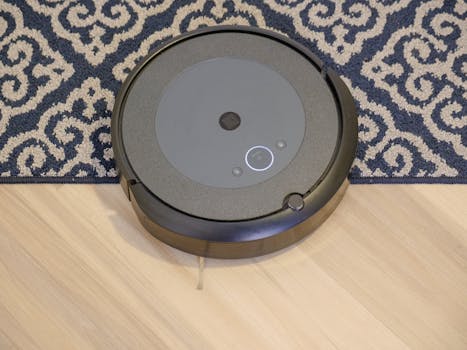
Smart Homes and Smart Living: The Technological Transformation of European Homes by 2025
Smart Homes and Smart Living is the future of European homes, and it’s changing the way we live. With the advancement of technology, homes are becoming more efficient, convenient, and connected. In this article, we’ll explore the technological transformation of European homes by 2025 and what it means for the future of living.
Introduction to Smart Homes
A smart home is a residence that has been equipped with advanced technology to make it more efficient, convenient, and connected. This includes devices such as thermostats, lights, security systems, and entertainment systems that can be controlled remotely through a smartphone or computer. The goal of a smart home is to make life easier and more enjoyable for its occupants.
The Benefits of Smart Homes
There are many benefits to having a smart home. Some of the most significant advantages include:
- Increased energy efficiency: Smart homes can be programmed to automatically turn off lights and appliances when not in use, which can help reduce energy consumption and lower utility bills.
- Improved safety and security: Smart homes can be equipped with advanced security systems that include features such as motion detectors, cameras, and door and window sensors.
- Enhanced convenience: Smart homes can be controlled remotely, which means that occupants can adjust the temperature, turn on the lights, and even unlock the doors from their smartphone or computer.
- Increased property value: Smart homes are becoming increasingly popular, and having one can increase the value of a property.
The Future of Smart Homes in Europe
By 2025, it’s estimated that over 50% of European homes will be smart homes. This is due to the increasing demand for convenience, energy efficiency, and advanced technology. Some of the most significant trends that will shape the future of smart homes in Europe include:
- The Internet of Things (IoT): The IoT refers to the network of physical devices, vehicles, and other items that are embedded with sensors, software, and connectivity, allowing them to collect and exchange data.
- Artificial intelligence (AI): AI is being used in smart homes to learn the habits and preferences of occupants and adjust the settings accordingly.
- 5G connectivity: The introduction of 5G connectivity will provide faster and more reliable internet connections, making it possible for smart homes to be more connected and efficient.
Conclusion
Smart homes and smart living are the future of European homes, and it’s changing the way we live. With the advancement of technology, homes are becoming more efficient, convenient, and connected. By 2025, it’s estimated that over 50% of European homes will be smart homes, and it will be interesting to see how this technology continues to evolve and shape the future of living.






